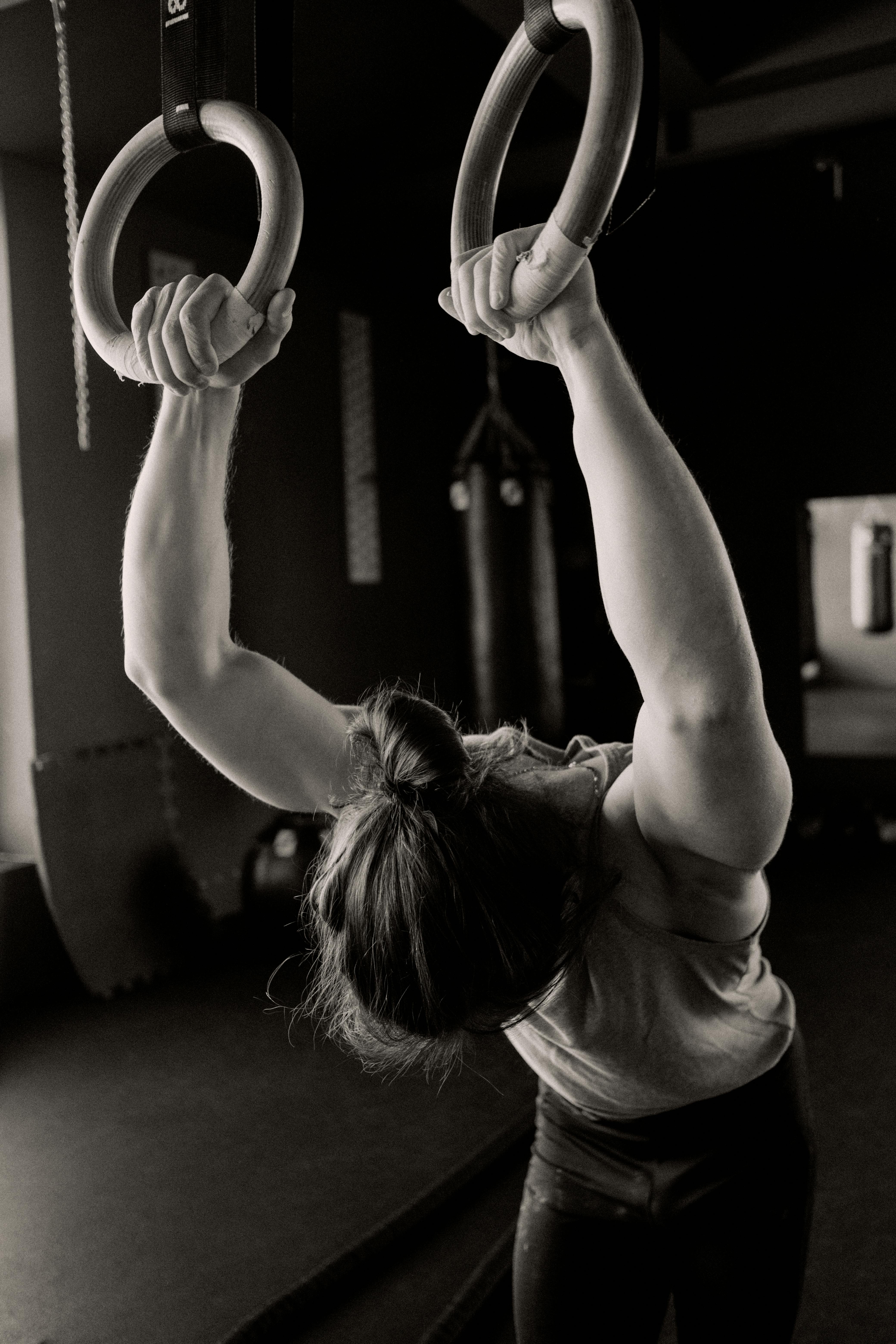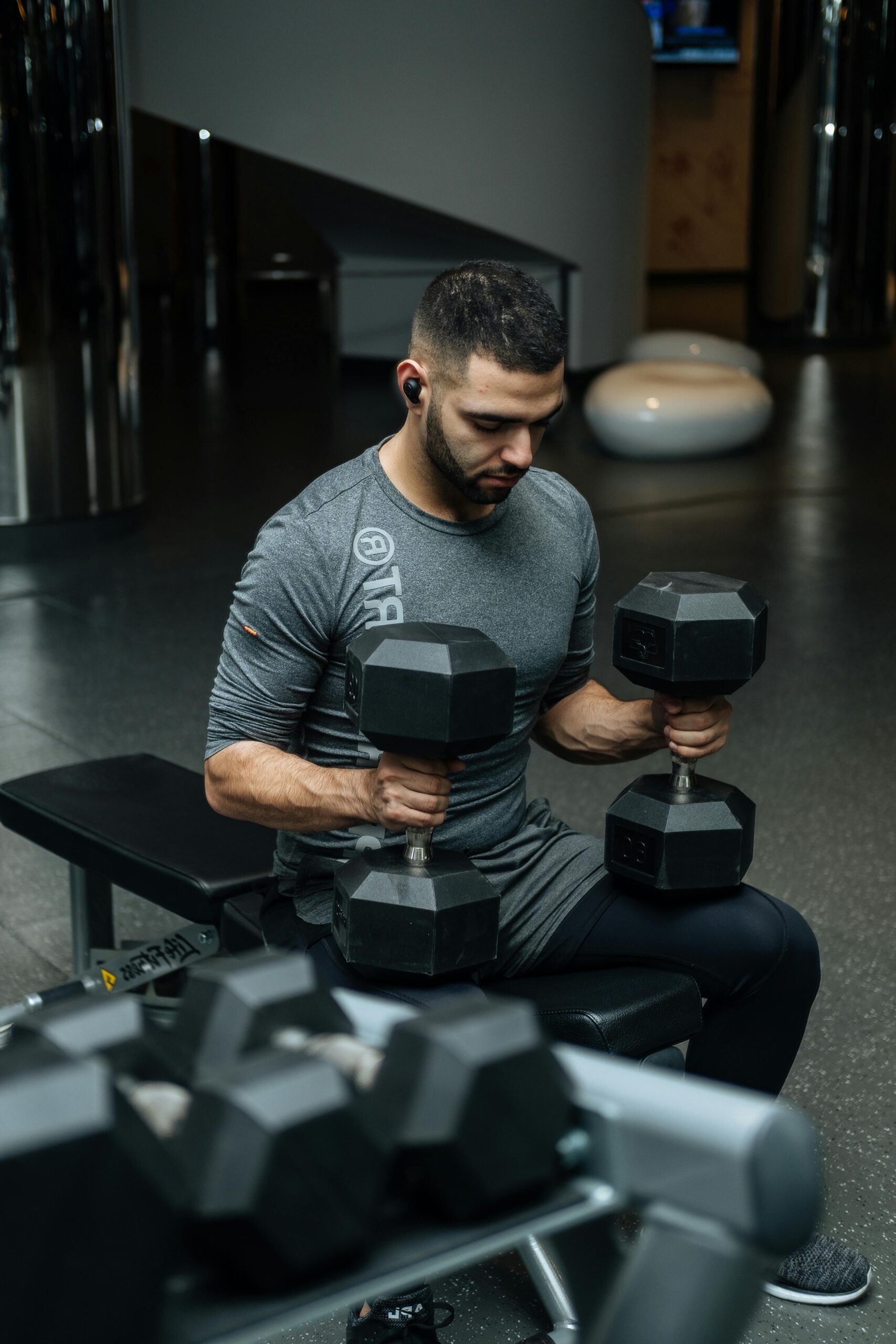Ultimate Guide to Schulterdrücken: 7 Effective Methods for Building Muscle in 2025
Schulterdrücken, often referred to as overhead pressing, is a vital practice in strength training, particularly for anyone aiming to enhance muscle development in their shoulders. This article delves into the importance of this exercise for developing shoulder strength, stability, and size, while highlighting various effective methods that emphasize technique and safety. Given its prominence in fitness routines, particularly in 2025, we explore the best practices, potential injuries like Schulterzerrung, and how to integrate these into a comprehensive training plan that caters to both beginners and experienced enthusiasts.
By focusing on different styles like Langhantel Schulterdrücken and Kurzhantel Schulterdrücken, we ensure a rounded approach to shoulder health and muscle building. In addition, the article will provide practical tips and training guidelines to optimize your workouts, leading to better results in muscleaufbau (muscle building). Let’s embark on the journey to stronger shoulders!

Essential Techniques for Effective Schulterdrücken
Building upon the fundamentals introduced in the introduction, let’s explore some essential techniques crucial for mastering Schulterdrücken. Proper form and technique are paramount not only for maximizing muscle gains but also for minimizing injury risks.
Understanding the Anatomy of the Shoulder
To effectively engage the muscles during Schulterdrücken, it’s vital to comprehend the anatomy of the shoulder. The primary muscles involved include the deltoids, trapezius, and rotator cuff muscles. Each muscle group plays a role in stabilizing and generating power during overhead movements. Understanding these muscle groups can enhance your engagement during exercises and support muscle growth. For comprehensive training, focusing on flexibility and strengthening these areas helps prevent common shoulder injuries, paving the way for a successful workout routine.
Mastering the Arnold Press
The Arnold Press is a dynamic variant of the traditional shoulder press that effectively targets the shoulder muscles while also encouraging rotation, which adds complexity and engagement to the workout. To execute this technique, start with the dumbbells at shoulder height, palms facing towards you. As you push the weights overhead, rotate your palms outward before returning to the starting position. This method not only enhances muscle hypertrophy but also aids in mobility, making it a favorite among advanced trainees.
Incorporating Langhantel Schulterdrücken
Langhantel Schulterdrücken, or barbell shoulder press, is essential in any comprehensive shoulder workout. The exercise primarily targets the anterior deltoid while also engaging the triceps and muscles of the upper chest. Begin with the barbell resting on your upper chest with an overhand grip. As you press upwards, maintain a straight back and keep your core engaged to stabilize your posture. This technique encourages progressive overload, critical for muscle growth, while also building strength and endurance in the upper body.
Utilizing Kurzhantel Schulterdrücken for Variation
Kurzhantel Schulterdrücken, or dumbbell shoulder press, allows for a greater range of motion and individual movement paths which can be beneficial for developing symmetry and addressing muscle imbalances. Standing or sitting, hold the dumbbells at shoulder height, press them overhead while rotating your palms forward as you extend your arms. Incorporating variations such as single-arm presses can also enhance core stabilization, effectively preparing your body for more complex movements.
Creating an Effective Training Plan for Schulterdrücken
Building on the techniques discussed, it’s time to formulate a training plan that effectively integrates Schulterdrücken into your routine. An effective training plan should include a balanced approach to strength, ensuring that muscle groups are engaged uniformly to prevent injuries.
Determining Your Training Frequency
A key element in any successful training plan is the right training frequency. Aim for two to three shoulder-specific sessions per week, ensuring adequate recovery in between. This frequency balances muscle stimulation and recovery, aligning with principles of hypertrophie and strength gain.
Incorporating Repetitions and Progression
To further promote hypertrophy, establish a structured repetition scheme. For muscle building, most experts recommend 8-12 repetitions per set, adjusted according to your fitness level. Incorporating progressive overload by gradually increasing weights or repetitions ensures constant growth. Remember to track your workouts in a journal or fitness app to monitor progress effectively.
Warm-Up and Cool-Down Routines
Warm-up and cool-down routines are essential components of any workout regime, particularly in preventing injuries. Start your shoulder workouts with dynamic stretches to enhance mobility and activate muscles. Conversely, cool down post-workout with static stretches targeting the deltoids, trapezius, and pectoral muscles to encourage recovery and flexibility.
Addressing Common Injuries Associated with Schulterdrücken
After understanding training techniques, it’s vital to address common injuries associated with Schulterdrücken, such as Schulterverletzungen (shoulder injuries) and their prevention. Recognizing symptoms early helps in effective treatment and recovery management.
Identifying Signs of Shoulder Pain
Joint health is crucial for effective training. Symptoms such as persistent pain or discomfort during overhead movements should not be ignored. Pay attention to shoulder stiffness, swelling, or decreased range of motion. Early identification is key in preventing long-term damage. If any signs persist, consulting a specialist is essential for appropriate care and rehabilitation.
Preventing Shoulder Injuries through Proper Technique
Adhering to correct form plays a significant role in injury prevention. Avoiding common mistakes like excessive weight, wrong posture, and neglecting warm-up sessions can significantly reduce injury risks. Focusing on controlled movements during workouts reduces unnecessary strain and promotes better muscle engagement, ensuring sustainable progress.
Maximizing Muscle Growth: Additional Tips for Schulterdrücken
With a foundation laid out, let’s explore additional strategies to maximize muscle growth through Schulterdrücken. These practical tips will enhance your workouts, leading to better performance and results.
Nutrition for Muscular Development
Nutrition plays a pivotal role in muscle growth. A diet rich in protein—replenishing muscle fibers post-workout—combined with carbohydrates for energy, is recommended. Adequate hydration and timing meals around workouts can enhance recovery, optimize muscle-building processes, and maintain energy levels throughout your training sessions.
Incorporating Variations into Your Routine
Varying your shoulder workouts can significantly prevent plateaus and stimulate different muscle fibers. Integrate a mix of isolation exercises like front and lateral raises alongside your compound movements. This inclusive approach enhances strength and contributes to muscle symmetry across the shoulder area, improving overall upper body performance.
Utilizing Technology for Progress Tracking
Embracing technology can elevate your fitness journey. Using fitness apps for tracking repetitions, weights, and workout frequency facilitates strategic adjustments in your training plan. Analytics and monitoring provide insights into progression, aiding in efficient goal-setting and motivation enhancement, especially for fitness enthusiasts committed to long-term results.
Conclusion: The Journey to Stronger Shoulders
In conclusion, Schulterdrücken stands as an essential practice for muscleaufbau and upper body strength. By mastering techniques like Langhantel and Kurzhantel Schulterdrücken, creating a well-rounded training plan, and avoiding injuries through proper technique, you can unlock your potential for greater fitness results. Consistent training combined with proper nutrition and recovery strategies will lead you to effectively build muscle and enhance your overall fitness performance.

For further insights on fitness training and exercises, check out this link and more tips on shoulder training in this resource.
